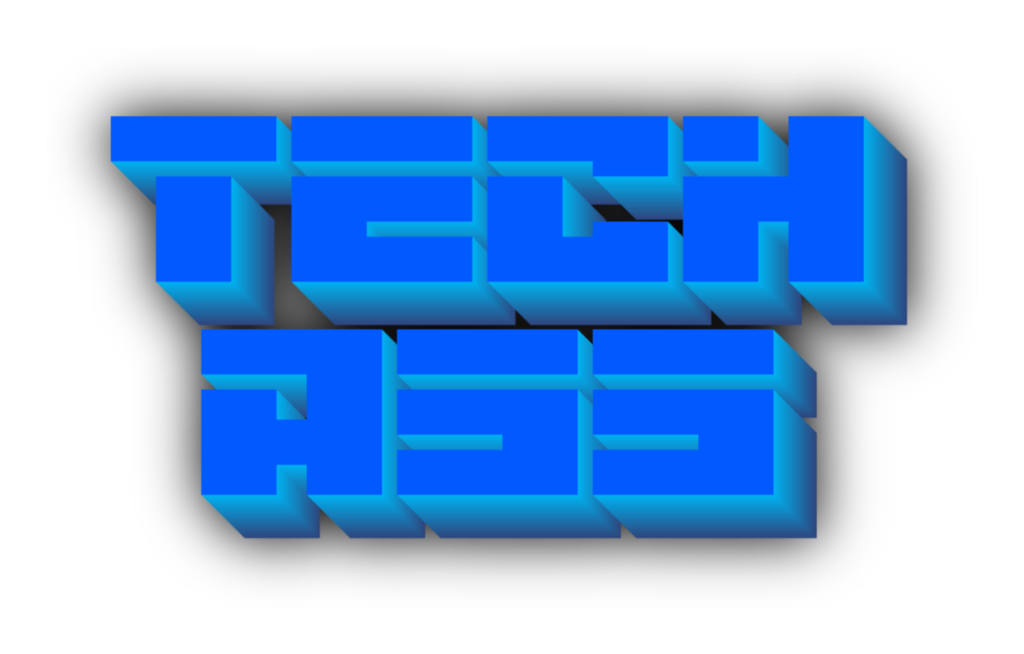With the official announcement of the PlayStation 5 Pro, it’s clear that this new model brings several significant upgrades. Priced at $700, it offers a new GPU, lacks a built-in disc drive, and promises enhanced performance. But what exactly justifies this $200 premium over the existing PS5, which will likely see discounts around the holidays shortly after the Pro’s November 7th release?
The PS5 Pro introduces three main improvements over the original PS5, as detailed in a presentation by Mark Cerny, the PS5’s lead architect. Firstly, it features a more robust GPU, providing increased computing power and faster rendering. Secondly, it supports advanced ray tracing, enhancing in-game reflections and lighting for a more immersive experience. Thirdly, the PlayStation Spectral Super Resolution (PSSR) upscaler aims to deliver high frame rates while preserving resolution and image quality.
The upgraded GPU is a highlight, offering 67% more compute units and 28% faster memory, resulting in 45% quicker rendering times. However, the CPU and storage speeds remain the same, meaning while the PS5 Pro should excel in 4K resolution and maintain high frame rates, game load and boot times might not see significant improvements.
A key upgrade for current PS5 users is that the Pro eliminates the need to choose between Performance and Fidelity modes, which many games currently require to balance frame rate and visual quality. The PS5 Pro also supports 8K gaming, though this may still involve compromises in frame rate, especially given that 8K TVs are not yet widespread.
Ray tracing has been available on the PS5 since launch, but the Pro’s enhanced ray tracing capabilities promise better reflections and lighting effects. This should make visually stunning games, like Gran Turismo 7, look even better. While the PS5’s ray tracing performance has been somewhat limited compared to high-end PCs, the Pro is expected to improve this without impacting frame rates as significantly.
The PSSR upscaler, similar to Nvidia’s DLSS on PCs, helps achieve higher frame rates at higher resolutions by using AI to optimize rendering. This feature enhances image quality while maintaining performance, a step up from the conventional anti-aliasing on the current PS5.
Additionally, the PS5 Pro supports Wi-Fi 7, offering faster download speeds for its 2TB internal SSD, provided your home network supports this newer standard. However, this won’t benefit Remote Play on the PlayStation Portal, which remains limited to Wi-Fi 5.
Physically, the PS5 Pro retains the size and shape of the original PS5 but features a new design and lacks a disc drive. To use physical media, you’ll need to purchase a separate $79.99 modular drive. The console maintains an M.2 slot for additional storage and continues the trend of USB ports moving towards USB-C, with the Pro featuring a mix of USB-C and USB-A ports.
Despite the changes, the PS5 Pro will ship with the same DualSense controller, which still uses traditional analog sticks prone to drift.
The PS5 Pro is likely aimed at dedicated PlayStation fans who are willing to invest in the latest technology. For those who prefer a straightforward gaming experience without the complexities of a gaming PC, the PS5 Pro offers an appealing option, albeit at a higher price point.

